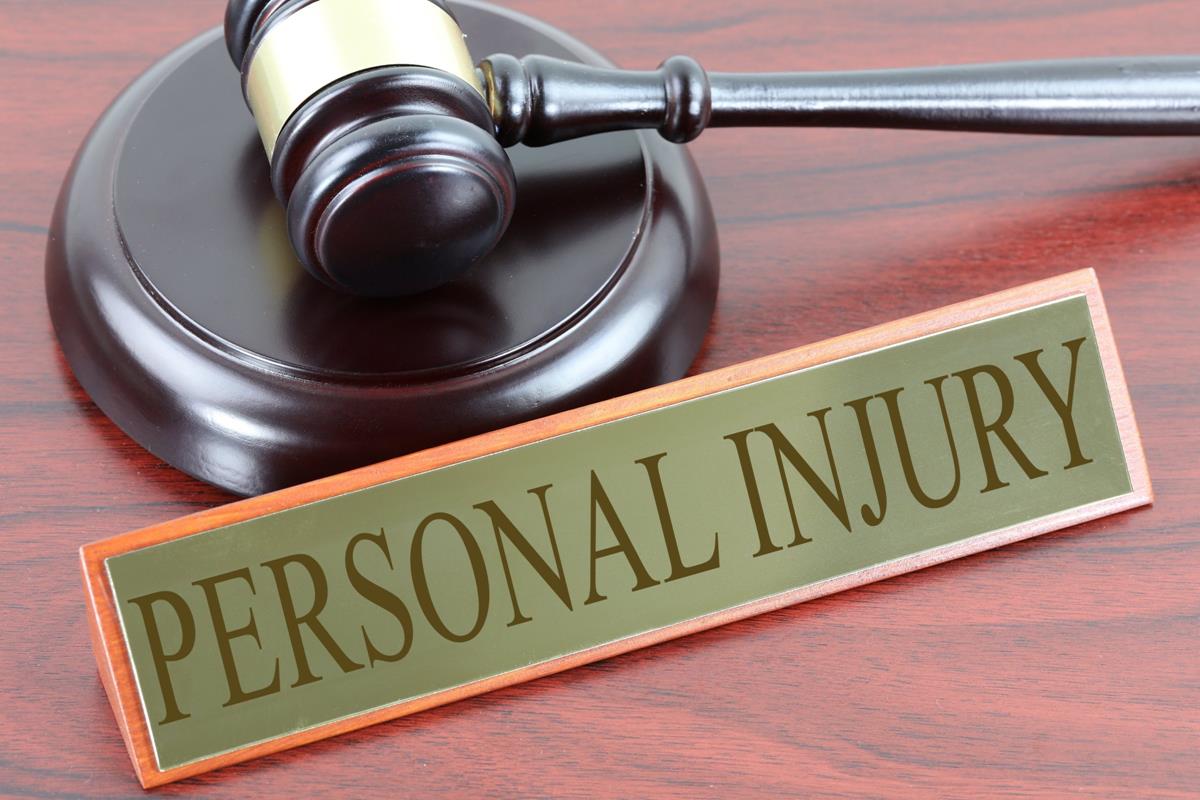Legal jargon can be confusing to a layperson especially you have no idea what is being said to you. If you are filing a personal injury claim, you should have an understanding of the terms that will be used to ensure you are across all information that is being relayed to you. Our team here at South East Injury Lawyers make every effort to thoroughly explain the process each step of the way so no question goes unanswered. Here are some common law terms you may hear throughout your personal injury claim.
Plaintiff
A plaintiff is a person, group or organisation that initiates a lawsuit. In a personal injury claim, the plaintiff is suffering from a personal injury.
Defendant
A defendant is a person, group, or organisation that the plaintiff alleges is responsible for the injury.
Personal injury claim
A personal injury claim is a legal term for a civil action regarding a physical or psychological injury that has been sustained due to another’s negligence. The plaintiff can seek monetary compensation by pursuing a personal injury claim to help with their recovery and to cover expenses.
Liability
Liability relates to fault and in a personal injury case, it’s important to determine who is at fault/liable for the accident. Whoever is found to be liable is at fault.
Litigation
Litigation is taking legal action or filing a lawsuit for damages against another.
Interest
Interest is the monetary loss you have suffered previously due to your injuries. You can then claim interest on those expenses. You may be able to claim interest for pain and suffering you have endured, medical expenses and income.
Torts and Intentional Torts
A tort is not considered a crime as such but rather a wrongful action that has harmed a person. An intentional tort is intentional wrongdoing that can see the defendant be both civilly and criminally liable for an injury.
Negligence
You may hear this term often throughout your personal injury claim. For a plaintiff to hold the defendant accountable, there must be proof that the defendant was negligent in their “duty of care” and it resulted in the plaintiff being injured.
Statute of Limitations
A statute of limitations is the time frame in which you can file a personal injury lawsuit. In most instances, strict time applies for personal injury claims, so it’s important not to wait.
Damages
There are two types of damages in a personal injury claim, and they are damages and pain and suffering. Damages relate to the financial costs associated with your injury. Pain and suffering is the physical and psychological impacts the injury has placed on your life.
Expert Witness
An expert witness is someone who is considered a leader in their industry. In most instances, you won’t need to have an expert witness but, if you do, they can provide the court with an unbiased opinion to support your claim.
Claim appraisal
A claim appraisal is an assessment of your claim. This is done at the beginning of the process and will determine whether you have a strong compensation case or not.
Disbursements/outlays
Disbursements or outlays as they are sometimes called are costs that have been incurred during the claim process. This includes things such as search and court fees.
ISV Scale
The ISV Scale was formed under the Civil Liability Act 2003 to ascertain the amount of compensation a person can claim for. Its numeric value from 0-100 which reflects the severity of the injuries and the impacts they have had. 1 would be for the most minor of injuries and 100 is the most severe. There are many “heads of damages” that a plaintiff can claim compensation for, although it cannot exceed 100 in total. The monetary amount you will be awarded will depend on the ISV rating you have.
Degree of Permanent Impairment (DPI)
Personal injuries are assessed for a Degree of Permanent Impairment using WorkSafe Queensland’s Guide to the Evaluation of Permanent Impairment (GEPI). If it is found that the injured person has a degree of permanent impairment, they will then usually be offered a lump sum by WorkCover in a Notice of Assessment (NOA).
Notice of Assessment (NOA)
A Notice of Assessment is a document that outlines the injuries the plaintiff has sustained and a Statutory Lump Sum Offer. The offer is for all expenses relating to the injury, in the past and moving forward. The DPI will also be noted in the NOA. This can affect how much the plaintiff can claim under common law.
Settlement
A settlement is a monetary figure that has been agreed upon by the defendant and the plaintiff to compensate the plaintiff for their injuries. Both the defendant and the plaintiff can negotiate the amount until both parties are satisfied with the outcome. If both or one party fails to accept the settlement, then the case will have to go to court.
Been injured at work and not sure where to start?
Dealing with an injury can be stressful enough, let alone having to decipher legal jargon. You don’t have to go at it alone, our team of expert personal injury lawyers here at South East Injury Lawyers can help. We will guide you throughout the process and fight to ensure you have all you need to recover. Contact us to discuss your options, our senior solicitor’s offer obligation free consultations.

